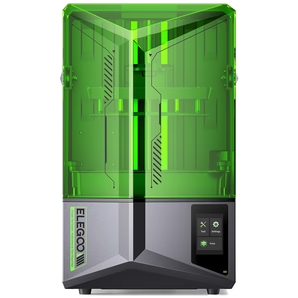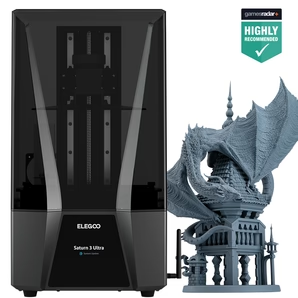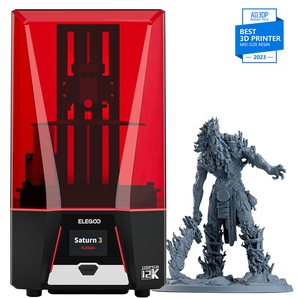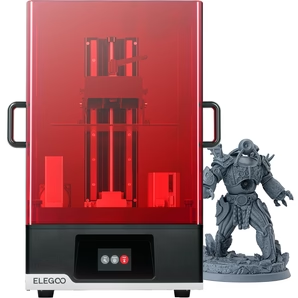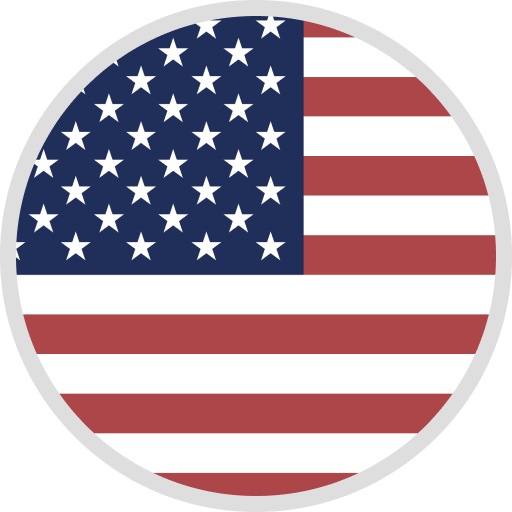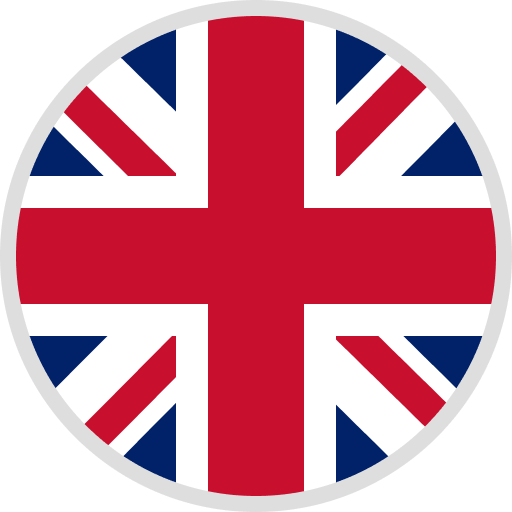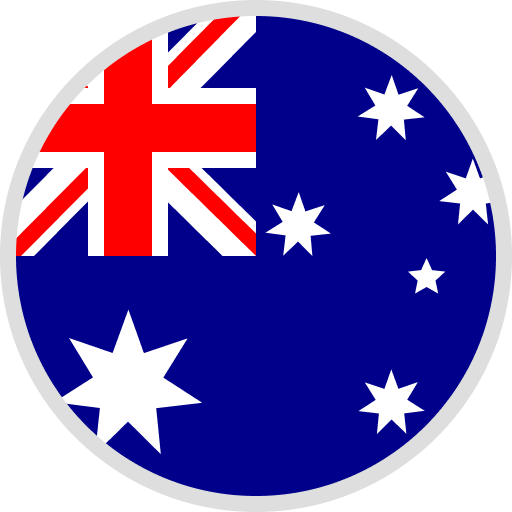The world of tabletop gaming is evolving, with 3D printing ushering in an era of unlimited customization.
This blog post will guide you through the process of 3D printing miniatures for your favorite tabletop games. It will discuss the best 3D printers for the job, the materials you should consider, and the advantages that 3D printing brings to tabletop gaming.
It's worth reading because it offers a comprehensive guide for beginners and pros alike who want to enhance their gaming experience or even design their own custom figurines.
Tabletop gaming characters is one of the most popular 3D Printing Projects out there, and we hope to do it some justice in this write-up.
Outline:
- The Popularity of 3D Printing in Tabletop Gaming
- Choosing the Best 3D Printer for Miniatures: FDM or Resin Printer?
- The Importance of Print Quality in 3D Printed Miniatures
- Games & Tabletop Miniatures?
- Buying a 3D Printer for Printing Miniatures: Factors to Consider
- The Future of Tabletop Miniatures: 3D Printing is Changing the Game
The Popularity of 3D Printing in Tabletop Gaming
The global tabletop gaming market is projected to reach million U.S. dollars in 2026, with a compound annual growth rate (CAGR) of at its highest level since its inception in 2016.
3D printing has taken the world of tabletop gaming by storm, allowing players to create customized miniatures for their favorite games.
With a 3D resin printer, you're no longer limited to the miniatures that manufacturers produce. Instead, you can print your own unique miniatures, either by designing them yourself or by downloading models from 3D printing websites like Thingiverse.
In tabletop gaming, 3D printing is becoming increasingly popular, mostly because it enables gamers to design their own game pieces, scenery, and accessories, offering a new degree of customization.
3D printing allows for one-of-a-kind designs, cost-effectiveness, and accessibility. However, issues such as varied quality, time-consuming printing, and copyright problems are obstacles. Overall, 3D printing is driven by personalization and is expected to play an important part in tabletop gaming in the future.
Choosing the Best 3D Printer for Miniatures: FDM or Resin Printer?
A 3D printer is a machine that creates physical objects from digital models. The most common type of 3D printer used for miniatures is the FDM printer, which builds objects layer by layer using a thermoplastic filament. This type of 3D printer is popular for miniatures because it's relatively affordable and offers good print quality.
When it comes to 3D printing miniatures, you have two main options: FDM and SLA (resin) printers. FDM printers are more affordable and easier to use, making them a good choice for beginners.
They're also great for larger miniatures or when you need to print multiple miniatures at once. However, for the best level of detail, you might want to consider an SLA printer. Resin printers work by curing liquid resin with a UV light, allowing for a high level of detail that's perfect for intricate miniatures.
The Importance of Print Quality in 3D Printed Miniatures
Print quality is crucial when it comes to 3D-printed miniatures. The print quality of 3D-printed miniatures for tabletop games is critical. It has an impact on the level of intricacy, durability, use, and modification ease. High print quality is desired by gamers and hobbyists to improve the visual appeal and overall gaming experience.
The level of detail that a 3D printer can achieve is determined by its resolution, with higher resolutions resulting in smoother and more detailed prints. When it comes to miniatures, SLA printers generally offer superior print quality compared to FDM printers.
Games & Tabletop 3D Miniatures
With a 3D printer, you can print just about any type of miniature. This includes miniatures for popular games like D&D, Warhammer, and other board games. You can print character miniatures, monsters, buildings, props, and more. The only limit is your imagination!
The list below lists some of the most popular tabletop gaming miniature games:
- Warhammer 40,000: Games Workshop's science fiction tabletop wargame includes future forces battling for dominion of the galaxy.
- Warhammer Age of Sigmar: Set in a fantasy universe, this Games Workshop tabletop wargame features epic battles between numerous factions, each with its own unique miniatures.
- Warmachine/Hordes: Privateer Press's Warmachine/Hordes is a steampunk-inspired tabletop wargame in which players command armies of huge war machines (Warmachine) or hideous creatures (Hordes).
- Malifaux: Malifaux is a skirmish-level tabletop game by Wyrd Miniatures set in a dark and tortured Victorian age with unique and characterful miniatures.
- Zombicide: CMON's Zombicide is a cooperative game about surviving a zombie apocalypse. Players use a variety of miniatures to control survivors and battle hordes of zombies.
- Frostgrave: Osprey Publishing's skirmish-level game is set in a frozen metropolis, with players leading warbands of adventurers in search of wealth and mystical relics.
- Dungeons & Dragons: While Dungeons & Dragons is primarily a role-playing game, miniature miniatures are frequently used to represent people and creatures during combat encounters.
- Star Wars: Fantasy Flight Games game allows players to command armies from the Star Wars world, complete with iconic characters, vehicles, and warriors.
- Infinity: Corvus Belli's science fiction skirmish game features fast-paced tactical warfare in a futuristic environment, as well as a vast choice of finely detailed miniatures.
- Blood Bowl: Blood Bowl by Games Workshop puts teams of fictional races against each other in a vicious and funny sports game that combines fantasy football and tabletop gaming.
We love the idea that you can construct some fantastic 3D-printed D&D miniatures or miniatures for your favorite games; indeed, painting the miniatures makes them even more unique and customizable. 3D printing small figurines and wargame miniatures is a lot of fun and fulfilling; indeed, we see it as being one of the most unique purposes of 3D printing.
Buying a 3D Printer for Printing Miniatures: Factors to Consider
When buying a 3D printer for miniatures, consider the printer's resolution, printing speed, ease of use, and cost. Also, consider the cost and availability of the filament or resin. Other factors to consider include the printer's build volume (especially if you want to print larger miniatures or multiple miniatures at once) and the type of software the printer uses.
Getting started with 3D printing miniatures can be as simple as buying a printer, some filament, or resin, and downloading a model. From there, it's a matter of setting up your printer, loading the model into the printer's software, and starting the print. Of course, there's a learning curve, and you may experience some print failures at first, but with time and practice, you'll be printing your own custom miniatures in no time.
The Future of Tabletop Miniatures: 3D Printing is Changing the Game
With 3D printing, the future of tabletop miniatures is limitless. Players are no longer limited to the miniatures that manufacturers produce. Instead, they can create their own unique miniatures, bringing a new level of customization and creativity to their games. 3D printing is changing the game, and it's an exciting time to be a part of it.
In summary, here are the key points to remember:
- 3D printing offers unlimited customization for tabletop miniatures.
- There are two main types of 3D printers for miniatures: FDM and SLA (resin).
- Print quality and resolution are critical for detailed miniatures.
- When buying a 3D printer, consider the cost, resolution, printing speed, ease of use, and the cost and availability of filament or resin.
- 3D printing is a game-changer for tabletop gaming, bringing a new level of creativity and personalization.
Other Novel 3D Prining Ideas
3D printing's expansive horizon now includes the design of premier board game projects and an enriched tabletop gaming landscape. The intricate art of diorama projects finds a new dimension, and cosplay enthusiasts have more tools at their disposal. Simultaneously, 3D jewelry designers flaunt their beautful designs.
On the functional side, DIY home projects have found a new ally in 3D printing. As an extension, we notice that tailored garden tools are also growing in popularity. Toy projects seamlessly merge amusement with education, delighting both kids, adults and teachers. Dentistry, with its need for precision, finds valuable assets in 3D printed tools. Innovations in 3D printing braille materials marks an era of enhanced inclusivity.




























